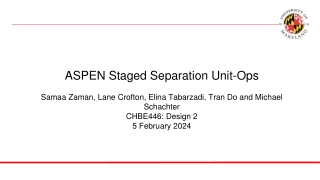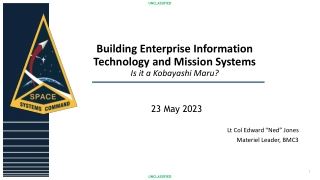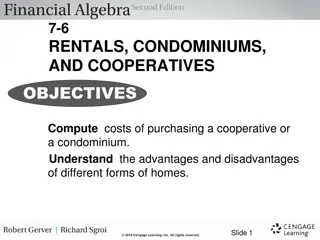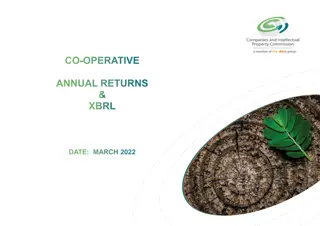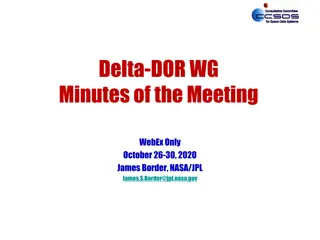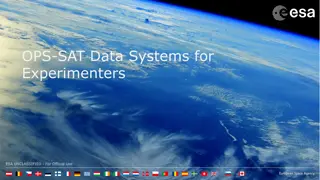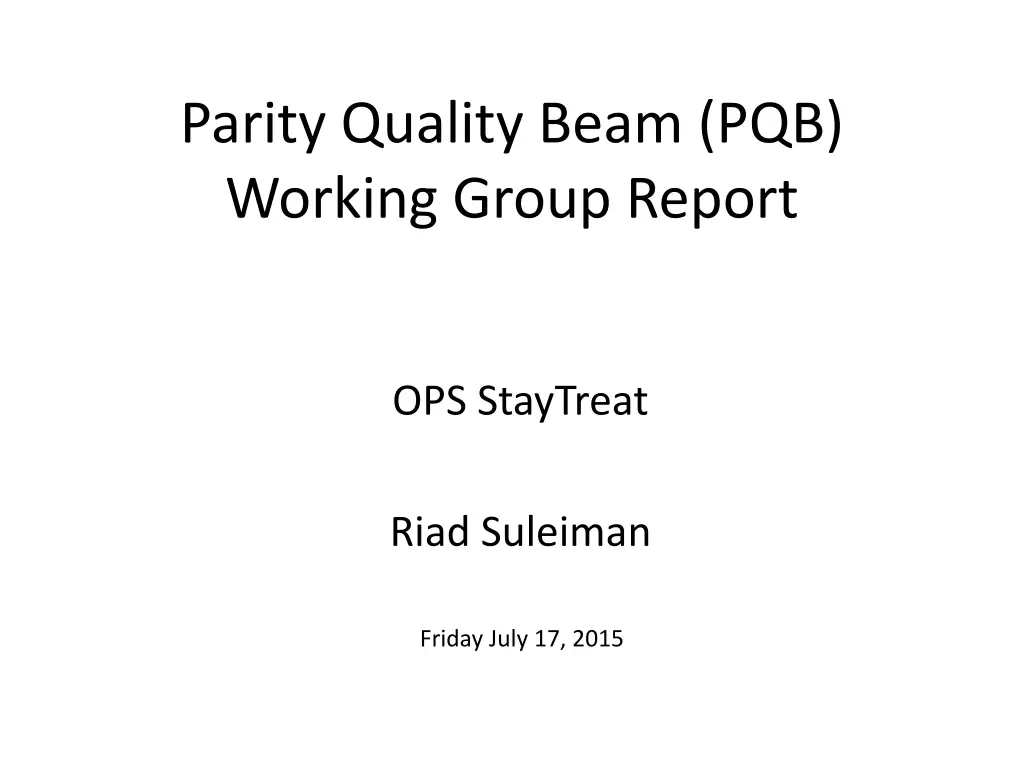
Parity Quality Beam Working Group Report
"Explore upcoming Parity Violation Experiments, address issues from QWeak experiment, and plan for the beamline at Hall A. Discusses beam halo, BCM resolution, and synchrotron radiation effects."
Download Presentation

Please find below an Image/Link to download the presentation.
The content on the website is provided AS IS for your information and personal use only. It may not be sold, licensed, or shared on other websites without obtaining consent from the author. If you encounter any issues during the download, it is possible that the publisher has removed the file from their server.
You are allowed to download the files provided on this website for personal or commercial use, subject to the condition that they are used lawfully. All files are the property of their respective owners.
The content on the website is provided AS IS for your information and personal use only. It may not be sold, licensed, or shared on other websites without obtaining consent from the author.
E N D
Presentation Transcript
Parity Quality Beam (PQB) Working Group Report OPS StayTreat Riad Suleiman Friday July 17, 2015
Upcoming Parity Violation Experiments Experiment Energy (GeV) Pol (%) I Target Apv (ppb) Maximum Charge Asym (ppb) Maximum Position Diff (nm) Maximum Angle Diff (nrad) Maximum Size Diff ( / ) ( A) 1H 10-4 QWeak (Achieved) 1.155 89.0 180 281 46 8 15 5 1 0.1 0.02 (35 cm) 208Pb 500 15 100 10 1 1 0.3 0.1 10-4 PREx-II 1.0 90 70 (0.5mm) 48Ca 2000 42 100 10 1 1 0.3 0.1 10-4 C-REx 2.2 90 150 (5mm) 1H 10-4 MOLLER 11.0 90 60 35.6 0.74 10 10 0.5 0.5 0.05 0.05 (150 cm) PREx-II is tentatively scheduled for Hall A in 2017 C-REx is tentatively scheduled for Hall A in 2017 MOLLER is planned for Hall A in 2022 2
Issues from QWeak 1. Beam Halo: there was beam halo that could develop a large helicity- correlated charge asymmetry Beam halo charge asymmetry was found to depend on: Beam loss at Injector Apertures Laser phase Machine tuning What can we do to help? 2. BCM Resolution is not suitable for MOLLER: QWeak achieved 65 ppm but MOLLER requires 10 ppm BCM digital receiver bench studies found that local oscillator phase and amplitude noise is a likely cause of 65 ppm noise floor Try new digital receivers Improve phase/amplitude noise of local oscillator 3
Hall A 2015/2016 Beamline Plan for PQB 1. Install QWeak halo monitor in Hall A beamline 2. Equip two BCMs with new-style digital receivers To be ready for beam studies this Fall 3. Install QQQ cavity triplet in Hall A beamline 4. Reinstate Hall A beam modulation system (air-core coils and associated control/drive electronics) Beam modulation and accelerator Fast Feedback: is there a need to pause FFB when modulation is ON? does FFB implement a digital notch filter to attenuate modulation frequency (QWeak: 125 Hz for 20 s every 320 s) while passing all other frequencies? Need software support 4
Synchrotron Radiation @ 11 GeV power (integrated over solid angle): Area Energy Loss (MeV) Total synchrotron radiation (SR) (m) Arc 1 5.09 0.019 Arc 2 10.2 0.122 2 4 2 e c Arc 3 10.2 0.576 = + P P pol 2 Arc 4 20.4 0.878 3 Arc 5 20.4 2.095 Arc 6 30.6 2.851 Arc 7 30.6 5.220 Arc 8 30.6 8.818 Energy gain per Linac is 1090 MeV Arc 9 30.6 14.000 Hall A Arc 40.1 3.070 Total 38 MeV Eloss [MeV] = 0.04423 E4 [GeV] / [m] Energy loss per electron per Arc: 5
Simple GEANT4 Model: 106 electrons at 10 GeV, Arc 9: =30.6 m Average of n=647 photons per electron, each =22.33 keV n E = = 5 7 . 5 10 E E Energy spread due to SR in Arc 9 No non-gaussian tails since number of photons per electron per Arc is large (?~65 ? [GeV]) 6
Transverse Geometric Emittance and Energy Spread: Provided by Yves g,x g,y Area p/p (10-3) = (nm) (nm) n g Inj Chicane 0.5 4.00 4.00 Arc 1 0.05 0.41 0.41 Arc 2 0.03 0.26 0.23 Damping Arc 3 0.035 0.22 0.21 Arc 4 0.044 0.21 0.24 Arc 5 0.060 0.33 0.25 Arc 6 0.090 0.58 0.31 Arc 7 0.104 0.79 0.44 Synchrotron Radiation Arc 8 0.133 1.21 0.57 Arc 9 0.167 2.09 0.64 Arc 10 0.194 2.97 0.95 Energy spread in Hall A is ~2 10 4 Hall D 0.18 2.70 1.03 Values are calculated at start of each Arc 7
What are the issues? Any polarization dependencies? Yves to implement an ELEGANT model to calculate spin precision with SR included standard 6 GeV formula will not work Adiabatic Damping: amplitude of betatron oscillations (e.g., helicity-correlated position and angle differences etc.) is still damped by square root of ratio of momenta Polarization Dependencies (?): I. Total SR power depends on transverse polarization, ????/??????~10 4 II. Spin-flip SR (Sokolov Ternov self-polarization effect) of about Both cancel with helicity reversal 20 s pol = = 7 ~ 10 JLab 113 s ST III. Total SR power for longitudinal polarized electrons is spin independent but power radiated into space above and below orbital plane is different and thus spin dependent (?~10 5) principle of Spin-Light Polarimeter Helicity-correlated SR Helicity-correlated emittance growth 8
Beam Studies: Measure helicity-correlated beam properties in Hall A: Energy difference at 1C12 in middle of Hall A Arc Position and angle differences Charge asymmetry Measure beam halo Measure at 1 GeV and confirm QWeak results Measure at 11 GeV to study SR effects 9
Laser Table Tasks Task Sub Tasks Date Description 2 kHz Helicity Reversal MOLLER Requires 10 s settle time No ringing (not required for PREX-II, but hoped to test at this time). No Kerr Cell. RTP Pockels Cell Buy test crystals to characterize, design RTP quarter-wave system. KD*P re-design Model E-field to maximize Pockels Cell uniformity, buy a properly engineered, one with the correct cell-diameter-to- laser-beam-diameter aspect ratio Pockels Cell Stewart Platform 2016 For remote optimization using e-beam. Assemble, build control software, qualify 11
Injector Tasks Task Sub Tasks Date Description Reinstate Injector Parity DAQ Improve 2-Wien Flip Optics PREx-II Injector Matching PREx-II Maximize damping Helicity-correlated Beam Size Monitor PREx-II Looking for ideas! Upgrade Helicity Magnet controls PREx-II Locate Helicity Magnets to span (x,x') and (y,y') to minimize both position and angle Fall 2015 Augment helicity steering dipoles with helicity size quads PREx-II Share Injector apertures' current read-back with parity DAQ Fall 2015 MOLLER Feedback to minimize transverse polarization Once a shift, adjust Wien angle 12
Accelerator Tasks Task Sub Tasks Date Description Study Depolarization at Higher Passes Energy stability and precession to Hall Synchrotron Radiation MOLLER Spin precession Adiabatic damping Polarization dependence Helicity-correlated emittance growth MOLLER (g-2) Spin Flip Change beam energy by 100 MeV (few reversals) 13
Hall A Tasks Task Sub Tasks Date Description Reinstate Hall A Parity DAQ Beam Halo Install QWeak halo monitors in Hall A Fall 2015 BCM Resolution New cavities and receivers Fall 2015 BCM receiver bench studies and beam studies Fall 2015 Beam Modulation Fall 2015 Beam Polarimetry Spin Dance Beam Matching and Optics Phase Trombone 14

